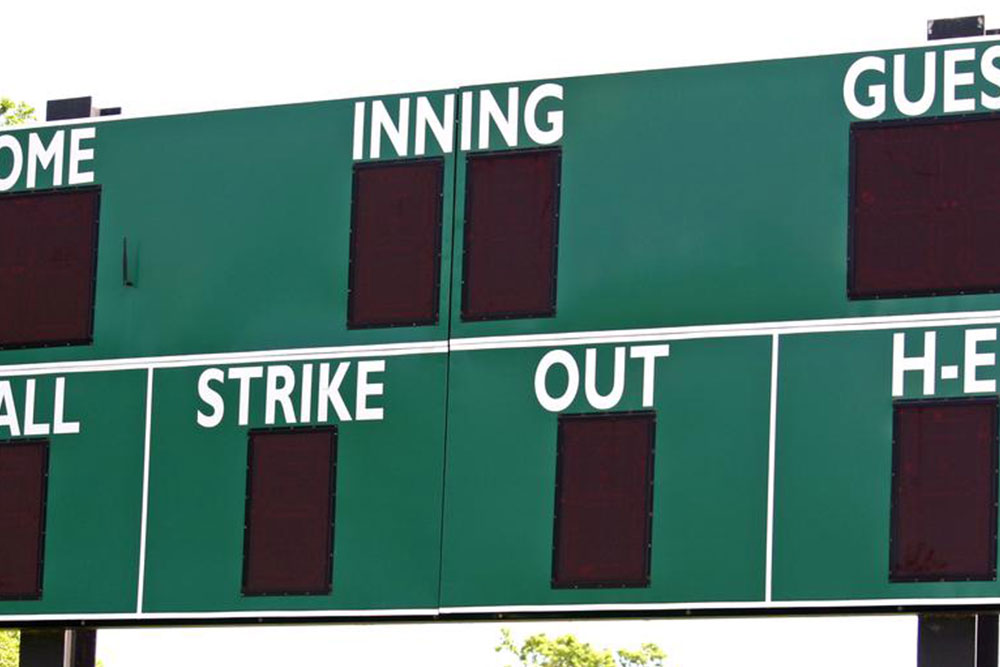Tips for reading baseball scoreboards
Baseball is one of the most exciting games to watch. But it’s not all that fun if you fail to understand the scoreboard. We often have people around us who might be able to track the scorecard and are constantly nagging us for help during the entire game. Well, if you are the one that nags then this article will help you understand baseball scoreboards better, and if you are the one facing the music, maybe you can get your friends to read this.
Here is a set of pointers that can improve your understanding of the baseball scorecards:
- The runs scored in the innings will always be a part of the scoreboard, they are generally located next to the name of the team.

The numbers 1-10 indicate the innings that the runs are being scored in. For example, if there is a 4 below 1 in the visitor’s section, then it means they scored 4 runs in that inning. You must also note that a run is counted only when a player completes his run (covering all the four bases). The total of all the runs scored in the 10 innings will be the final score for the team. The runs from all the innings are added to make the final score for the team. The team scoring the highest number of runs at the end of all innings wins the game.
Disclaimer:
The content provided on our blog site traverses numerous categories, offering readers valuable and practical information. Readers can use the editorial team’s research and data to gain more insights into their topics of interest. However, they are requested not to treat the articles as conclusive. The website team cannot be held responsible for differences in data or inaccuracies found across other platforms. Please also note that the site might also miss out on various schemes and offers available that the readers may find more beneficial than the ones we cover.

